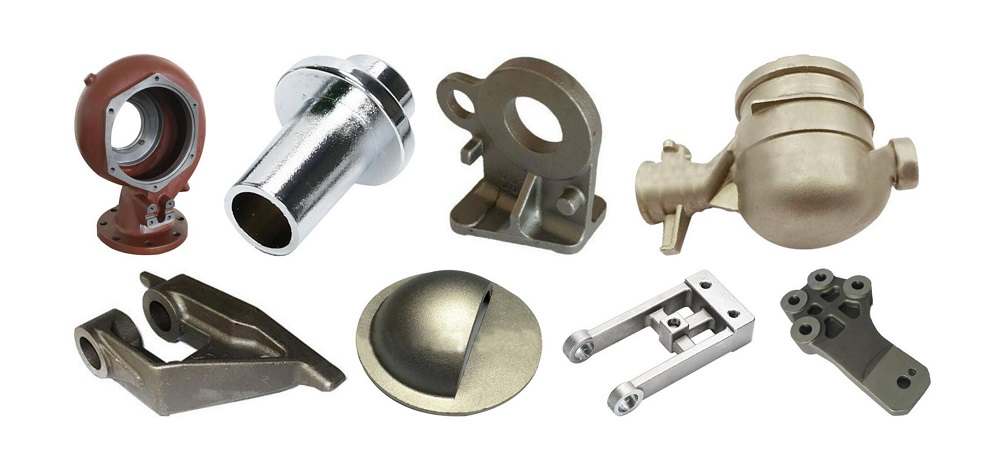Since the 21st century, China’s non-ferrous metals industry has undergone two rounds of rapid growth. According to Chen Quanxun, president of the China Nonferrous Metals Industry Association, during the “Eleventh Five-Year Plan†period, China’s non-ferrous metals industry’s investment has grown at an average annual rate of 32.7%. Revenue increased by 29.4%. China has been the largest producer of non-ferrous metals for many years. According to the data from the Ministry of Industry and Information Technology, by 2010, the output of ten non-ferrous metal industries including aluminum, copper, lead, zinc, etc. reached 31.35 million tons, a year-on-year increase of 20.4%, and production and consumption accounted for one third of the world's total. The main business income was about 3 trillion yuan, accounting for 1.99% of the GDP from 1.19% in 2005. However, although China's non-ferrous metal industry is "big" but not "strong," according to Chen Quanxun, during the "11th Five-Year Plan" period, China's non-ferrous metal industry profit growth was only 18.2%, much lower than investment growth, preliminary estimates, 2010 The industry-wide sales margin is only about 4.8%, which is far below the average of 10%. The asset profit rate is only 6%, which is equivalent to the bank's long-term loan interest rate, "equivalent to working for the bank." Former chairman of the China Nonferrous Metals Industry Association, Kang Yi, said that in order to effectively control the excessive growth of smelting capacity and strengthen the non-ferrous metals industry, the “Twelfth Five-Year Plan†proposed to control the growth of non-ferrous metal production. "China's non-ferrous metals industry is entirely possible to become a replica of China's steel industry." Vice Chairman of the China Nonferrous Metals Industry Association, Shang Fushan, told reporters that the expansion of China's non-ferrous metal production is not supported by related minerals, and with the non-ferrous metal smelting in China The rapid growth of production capacity is likely to fall into the same “processing†role as the Chinese steel industry. China's non-ferrous metals industry has already had a high fever, especially aluminum, and Xiong Weiping, chairman of China Aluminum Corporation (601600.SH), the largest aluminum producer in China, stated in early 2011 that China’s aluminum production capacity exceeded 21 million tons in 2010, far higher than 16 million. Tons of consumption. In fact, in 2009, the Chinese government promulgated the "Circular on Suppressing Some Opinions on Overcapacity in Some Industries and Duplicate Construction and Leading the Healthy Development of Industries", suggesting that there is a surplus in the electrolytic aluminum industry and it is required to curb its development. However, the above measures did not limit the high-speed expansion of the electrolytic aluminum industry. In 2009, the electrolytic aluminum production capacity was 18 million tons, and the capacity growth rate in 2010 was 16.7%, which is still in double-digit high-speed growth. At the same time, however, the utilization rate of electrolytic aluminum in China has dropped from overload to 60%. The control of non-ferrous metals in China seems to have been inevitable, but many non-ferrous metal producers said on anonymity, China's rapid economic growth caused by non-ferrous metal demand can not be controlled, and non-ferrous metal smelting projects generally belong to local major projects, pulling GDP The effect is obvious. In the end, "If the real card is at 8%, then who is this 8%? What is the basis?" “The development of the non-ferrous metals industry will eventually have to go through the market.†The Vice President of the China Non-Ferrous Metals Industry Association has repeatedly stressed that the administrative intervention measures will have a certain impact on the development of the non-ferrous metals industry, but in the end it is still “the market has the final say, such as Aluminum, when the market price is 15,000 yuan/ton, you can't do it and you can only go out."
On the basis of ordinary carbon steel, an appropriate amount of one or more alloying elements is added to form special alloy steel, such as chromium, tungsten, manganese, nickel and other elements. According to the difference of added elements and appropriate processing technology, special properties such as high strength, high toughness, wear resistance, corrosion resistance, low temperature resistance, high temperature resistance, and non-magnetic properties can be obtained. The special alloy castings produced by investment casting with these special alloy materials also have corresponding special properties. We can add corresponding special elements according to the specific use requirements of the product to cast Investment Casting Parts with special functions. Because investment casting requires molten material, which makes it easier to add special elements, special alloy parts are particularly suitable for investment casting.
SCZY can customize castings with special functions according to the special requirements of customers. We can not only improve and enhance the properties of castings during the casting process, but also add special elements to the materials to improve and enhance the special properties of castings. It can provide any value-added services after casting.
Special Alloy Casting,Special Alloy Casting Parts,Special Alloy Casting Machinery Parts,Special Alloy Castings For Automobile Industry,Special alloy castings Shenzhen SCZY Technology Co.,Ltd , https://www.szcasting.com